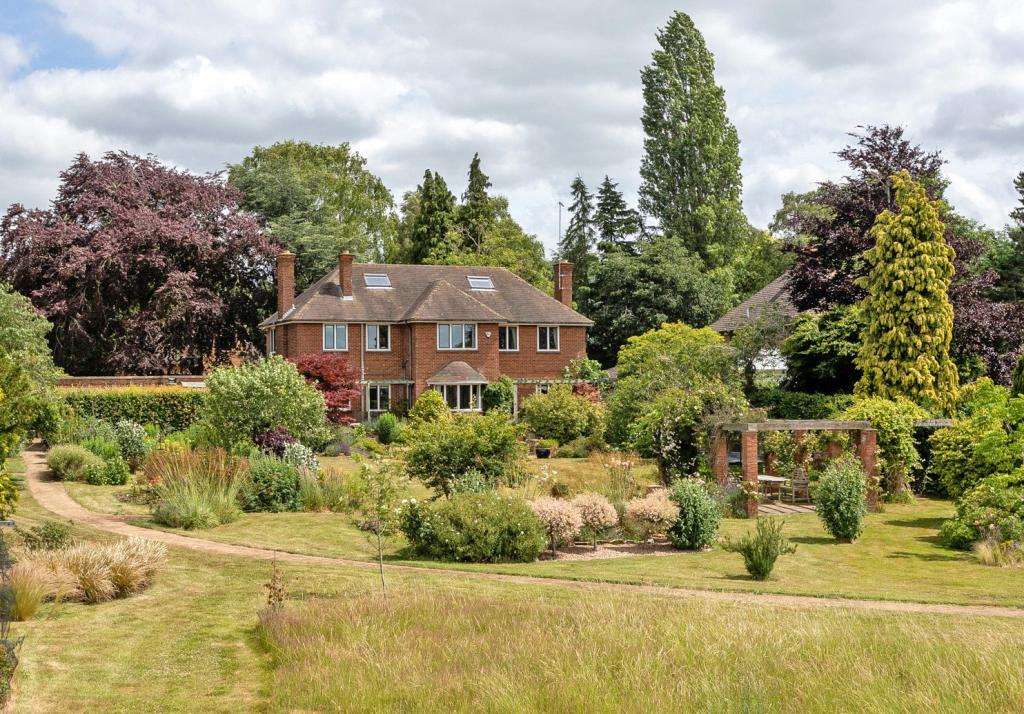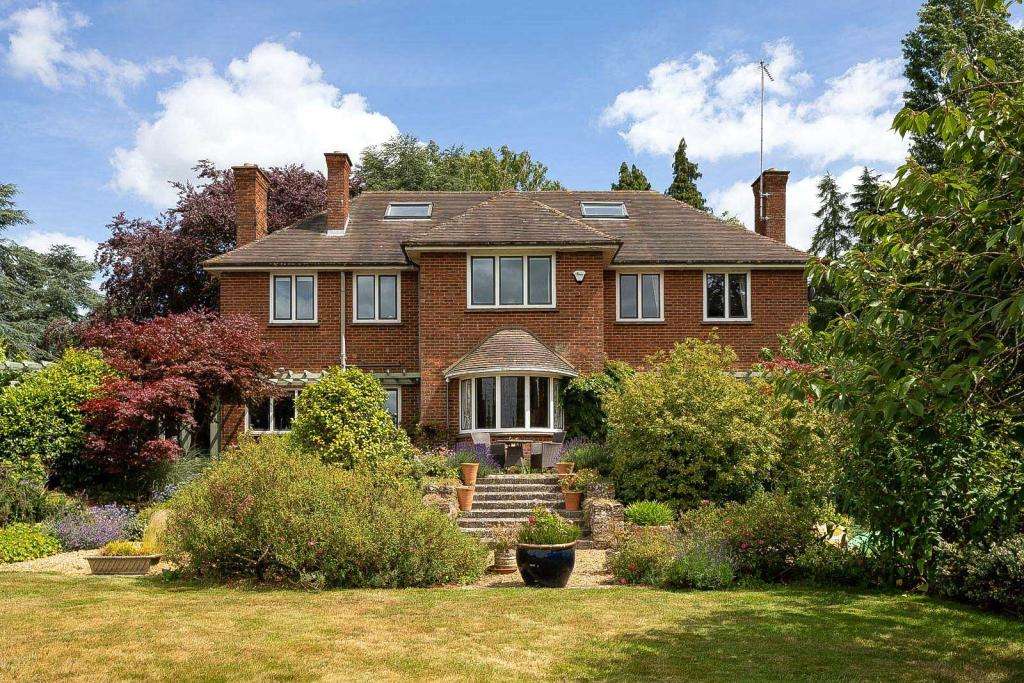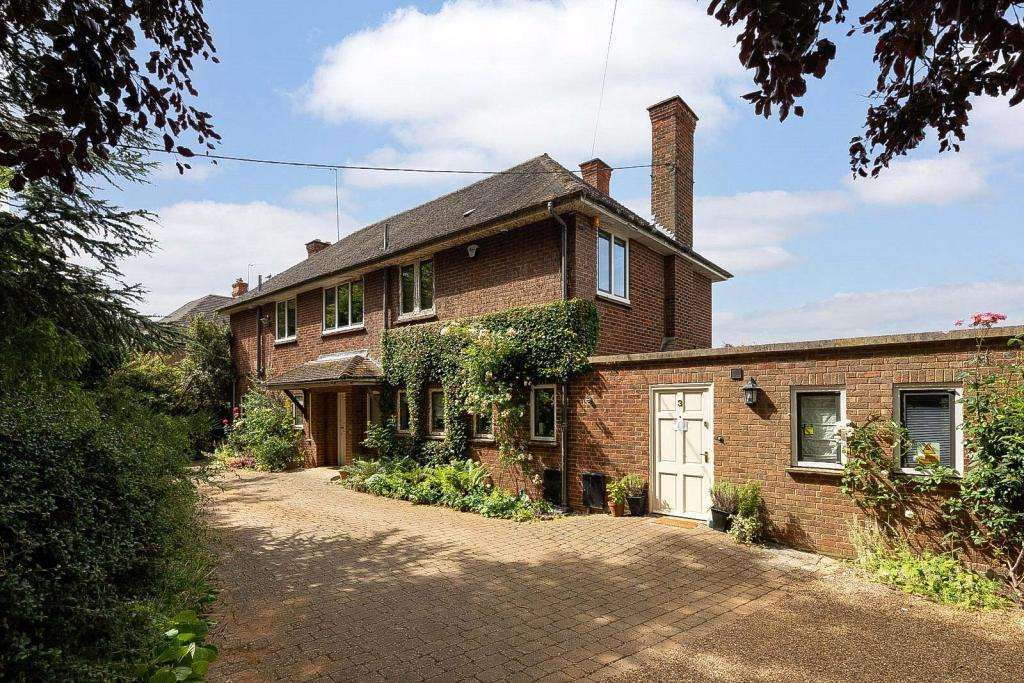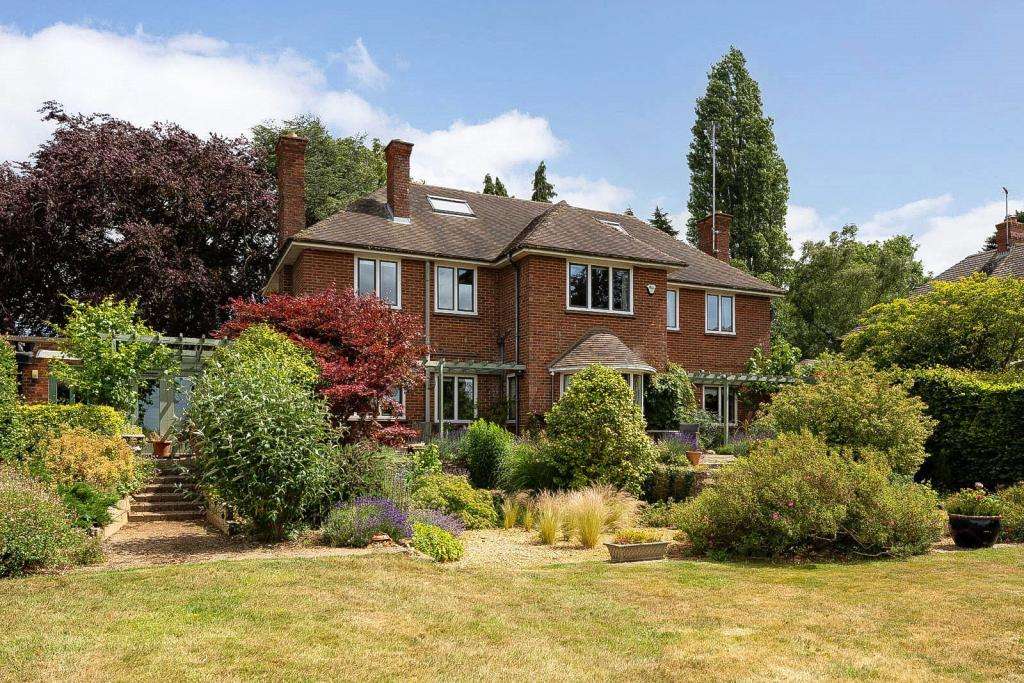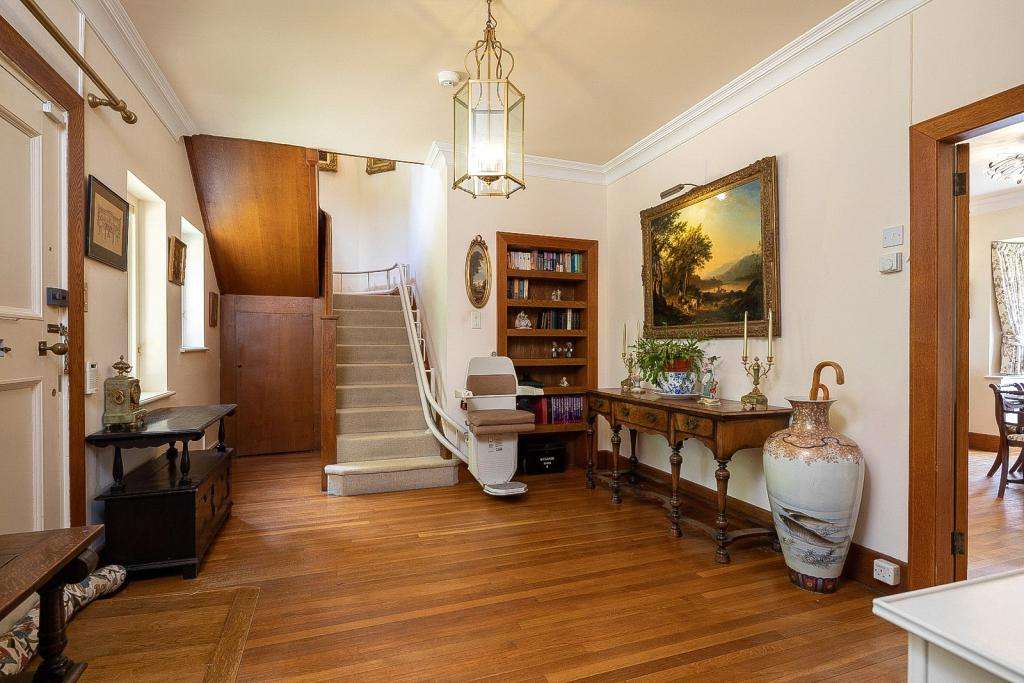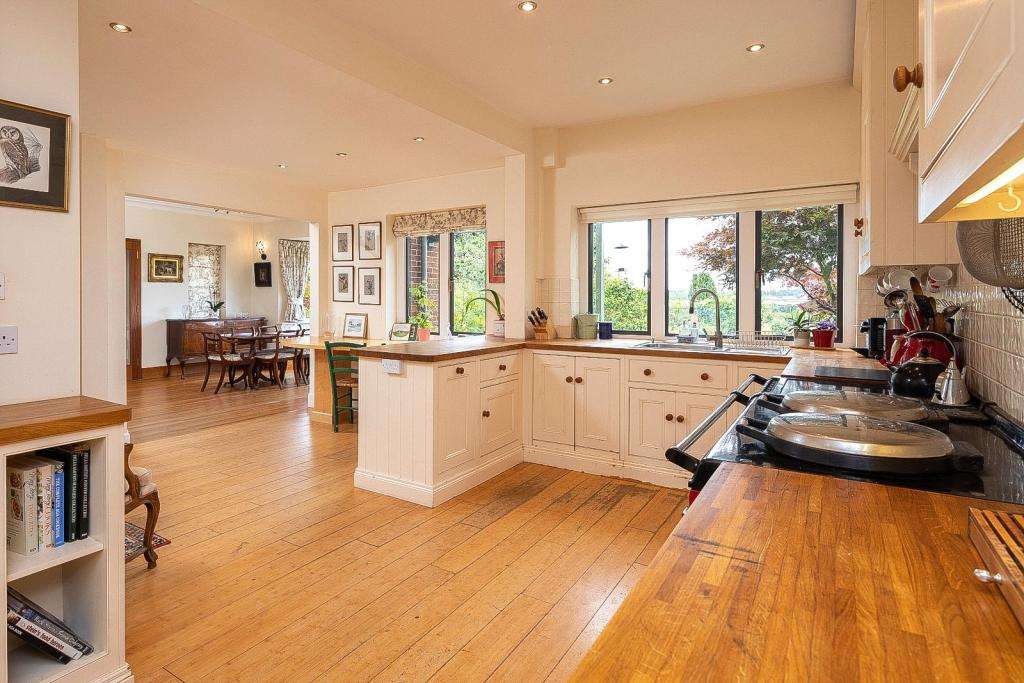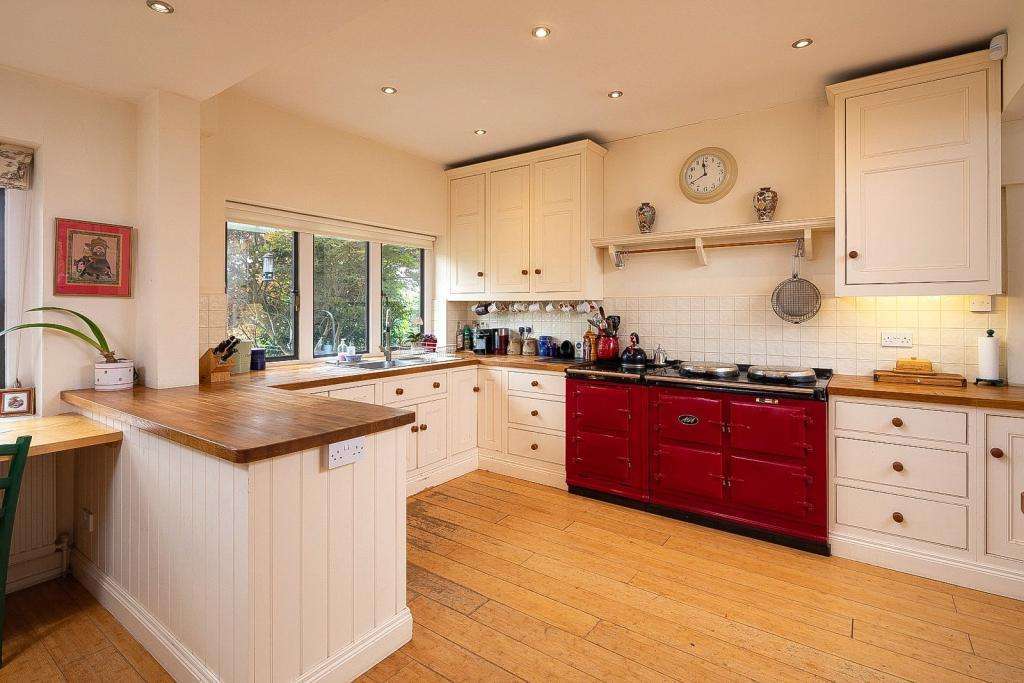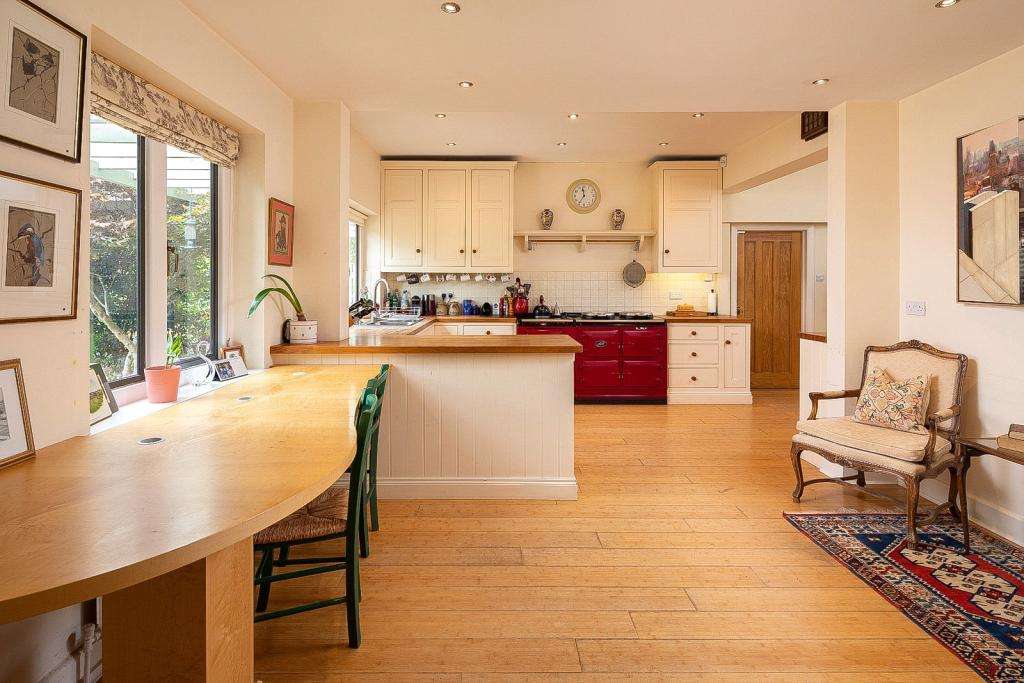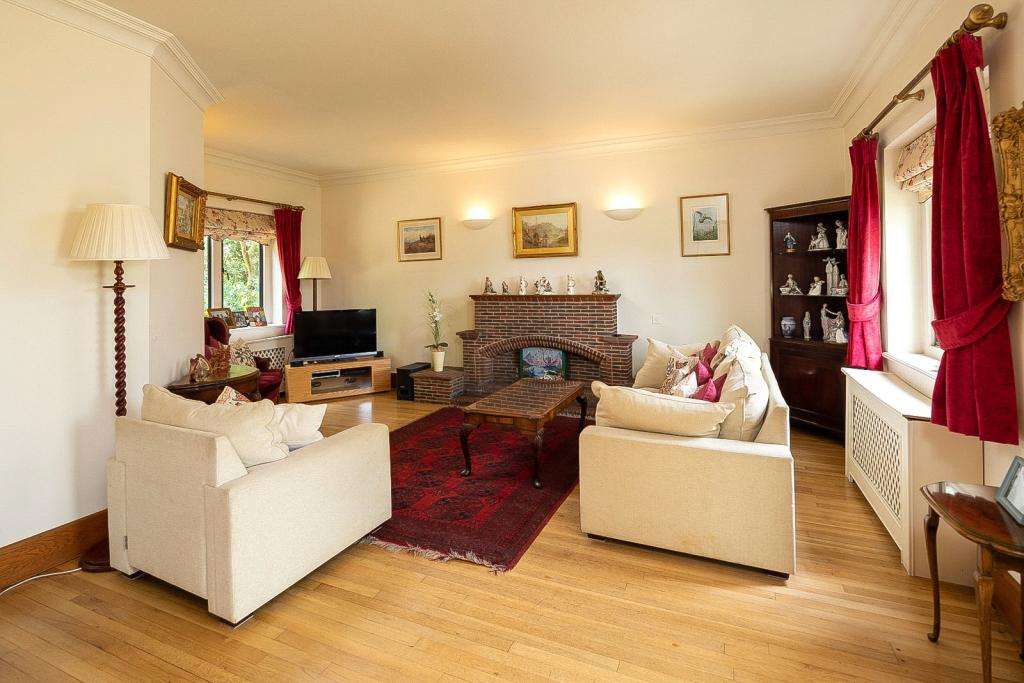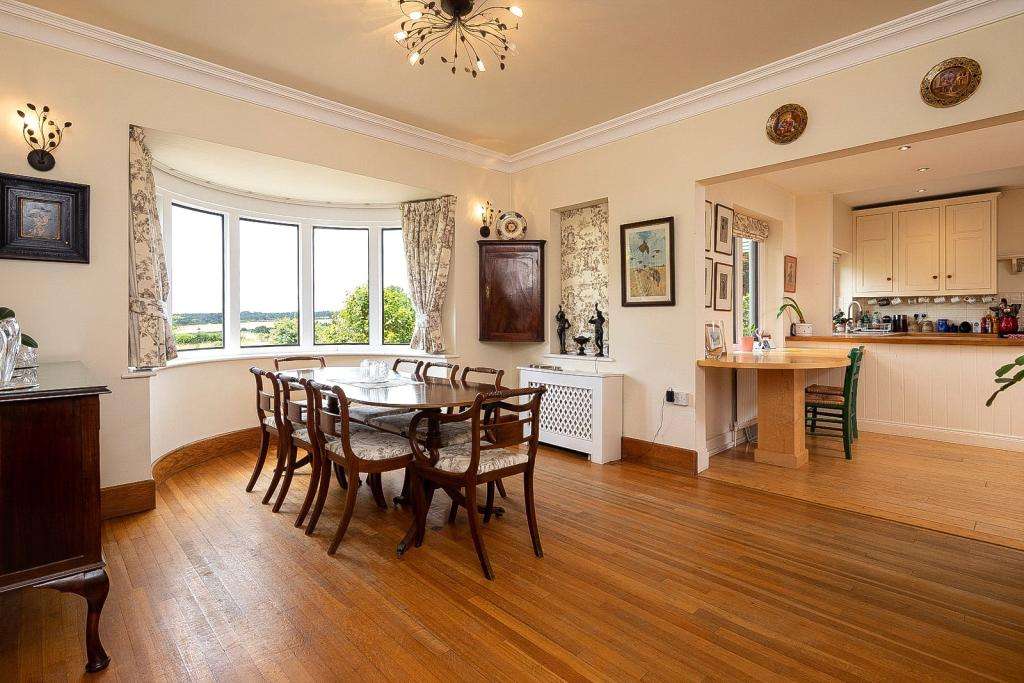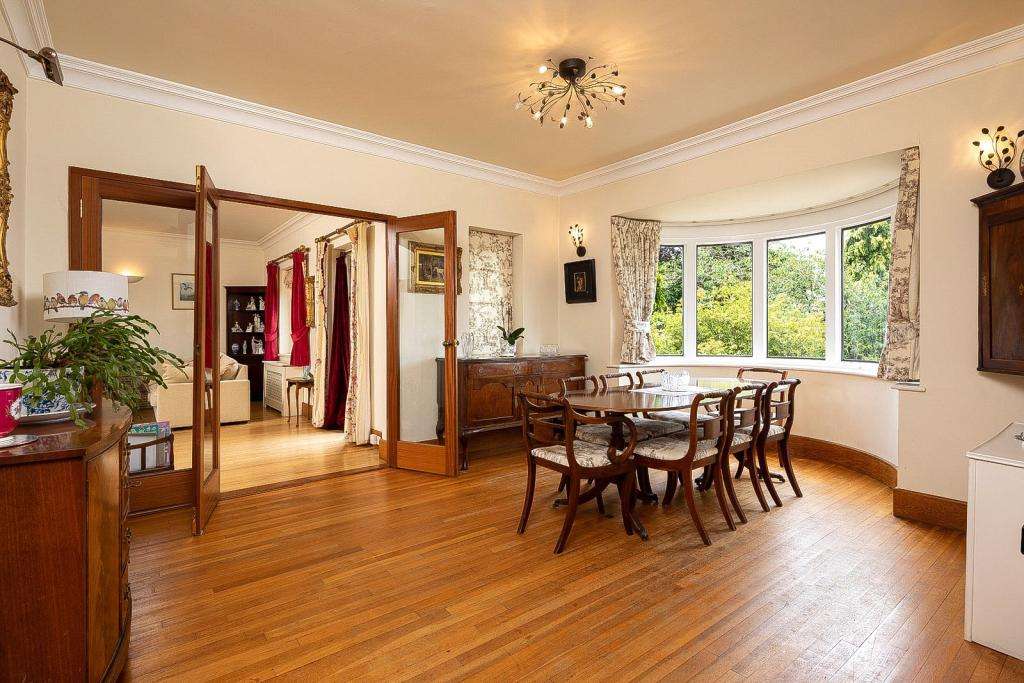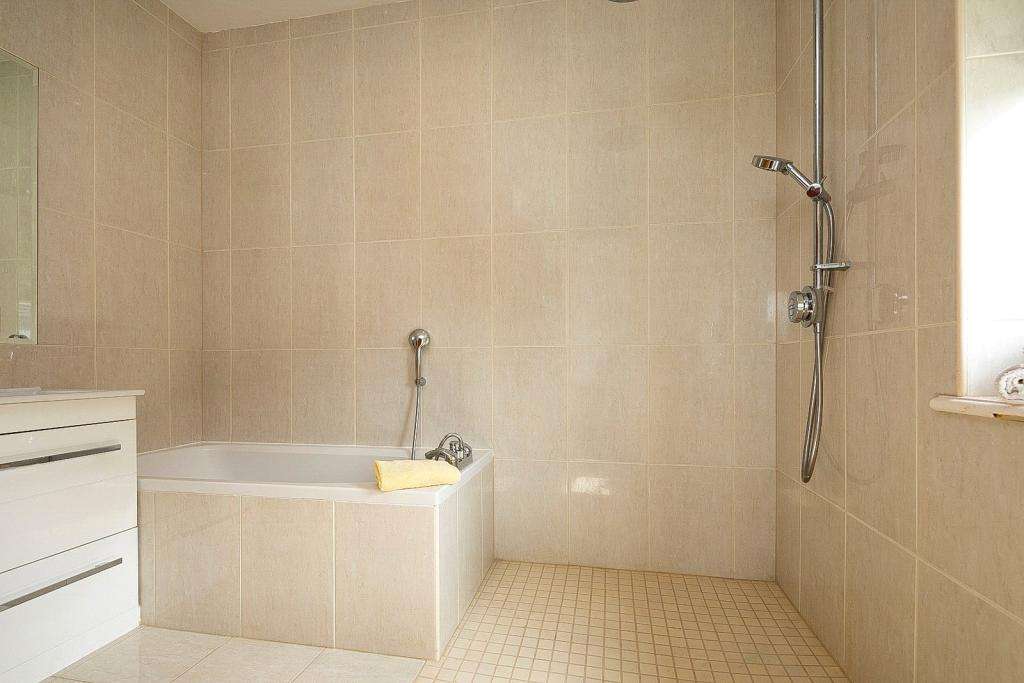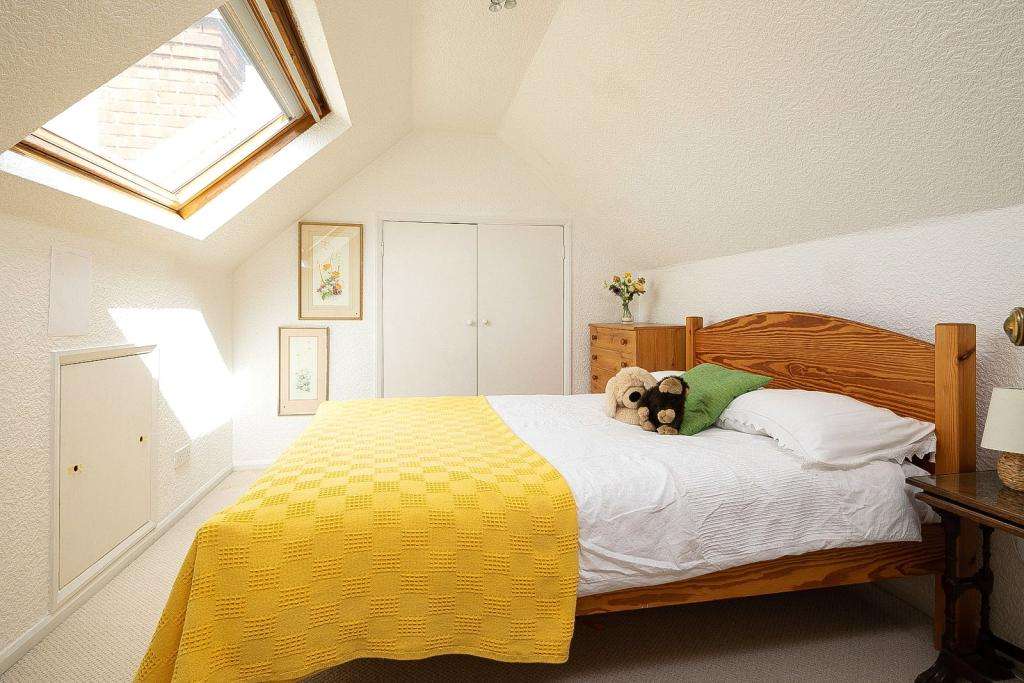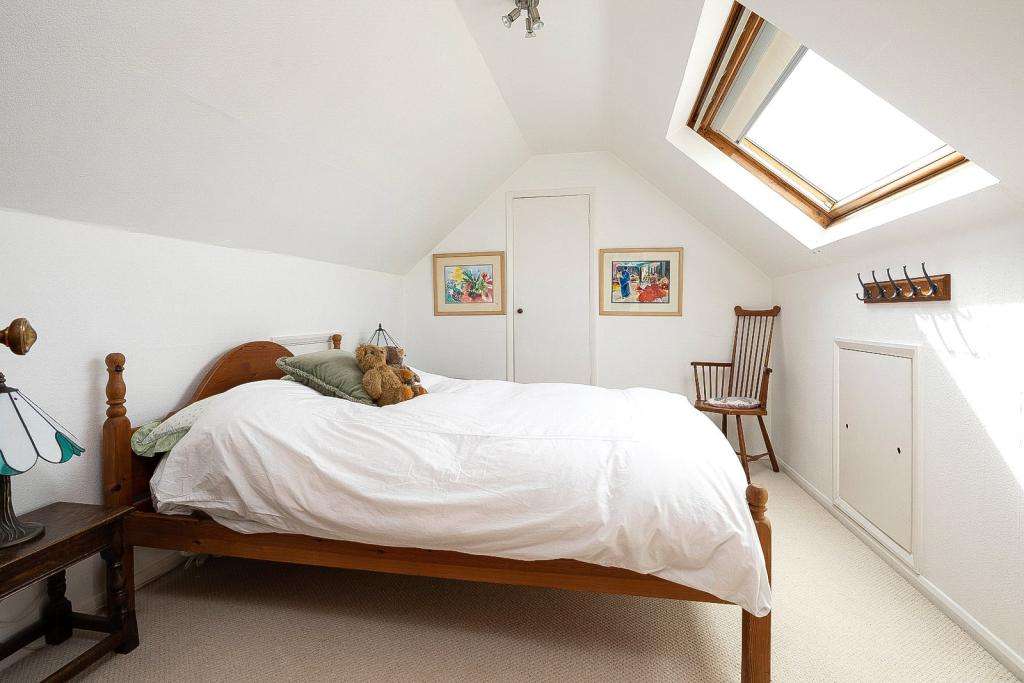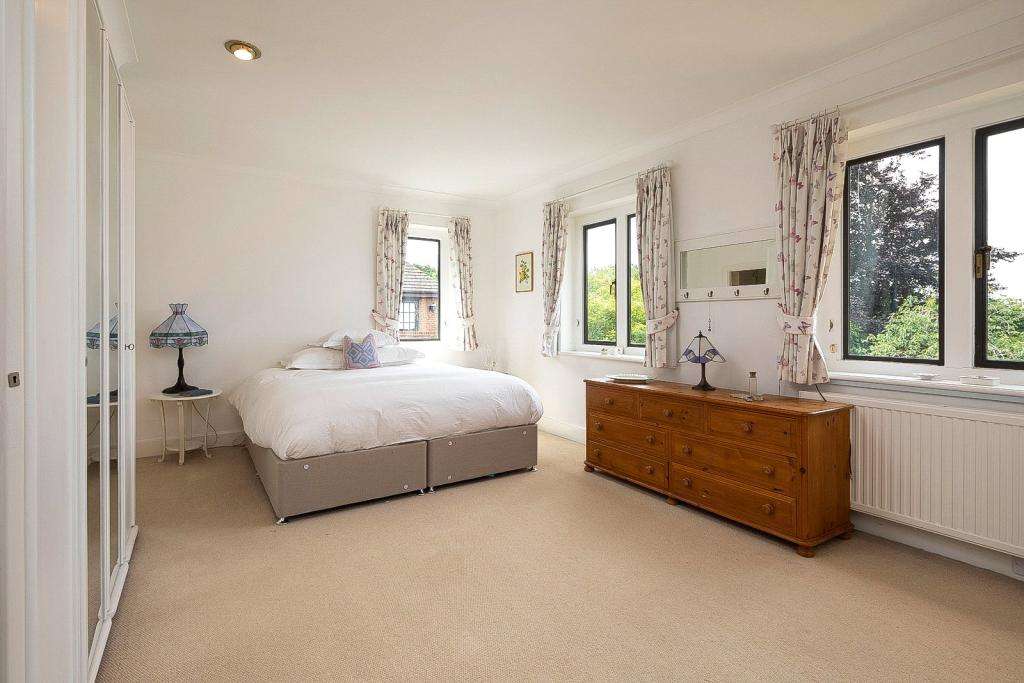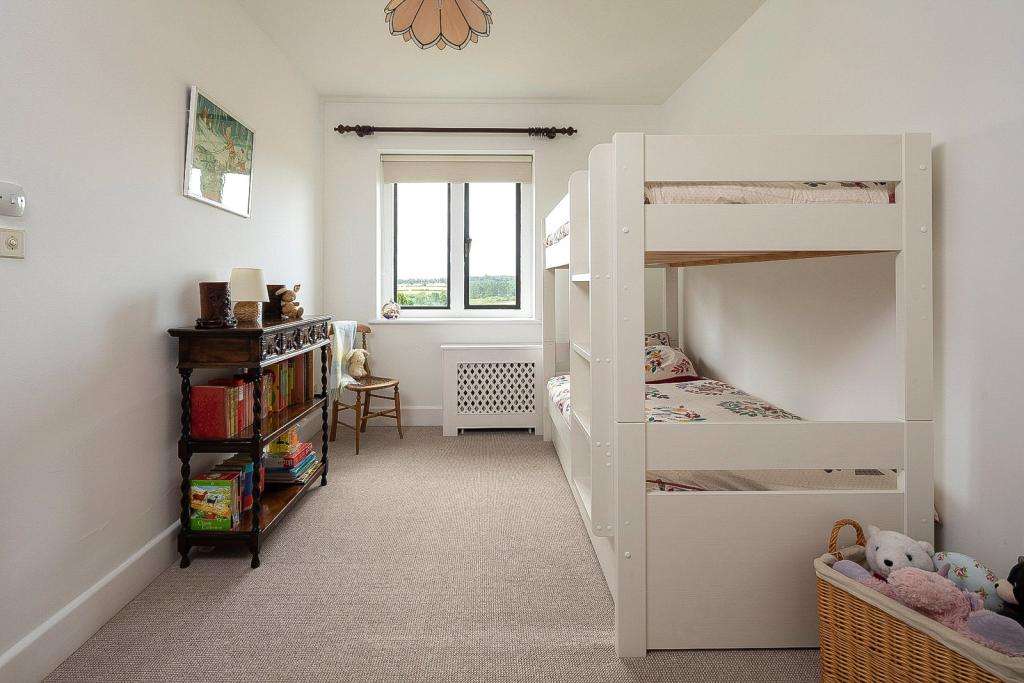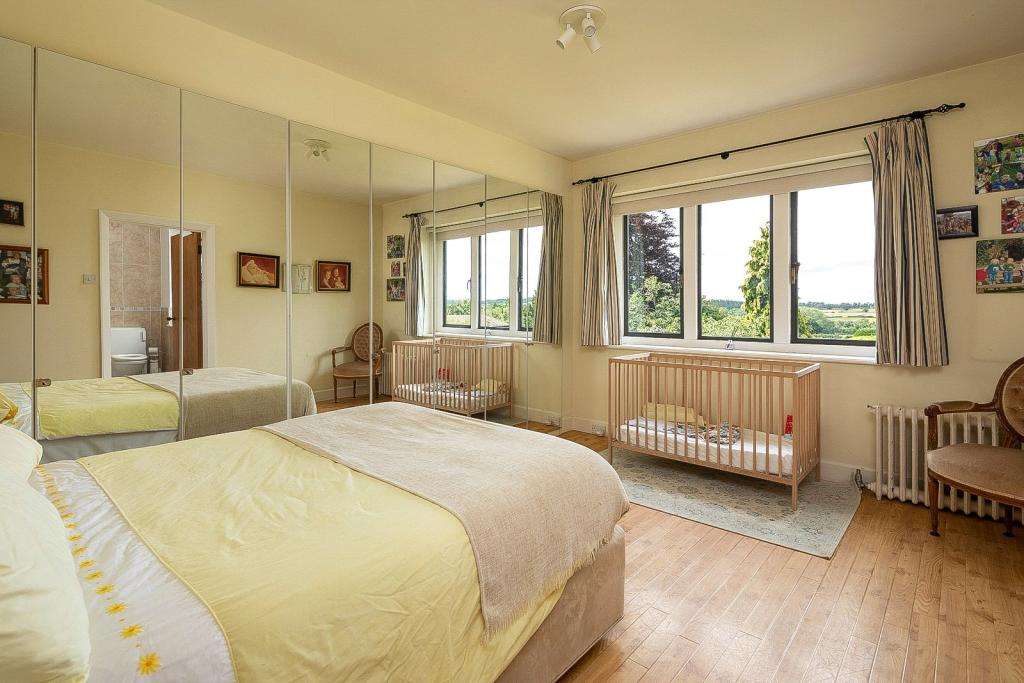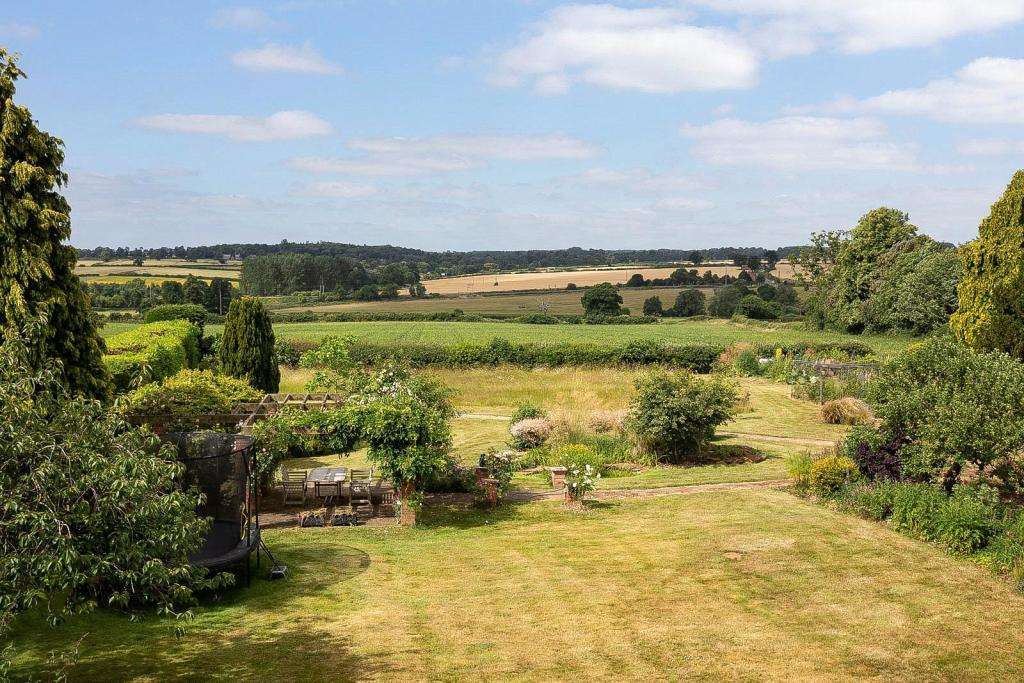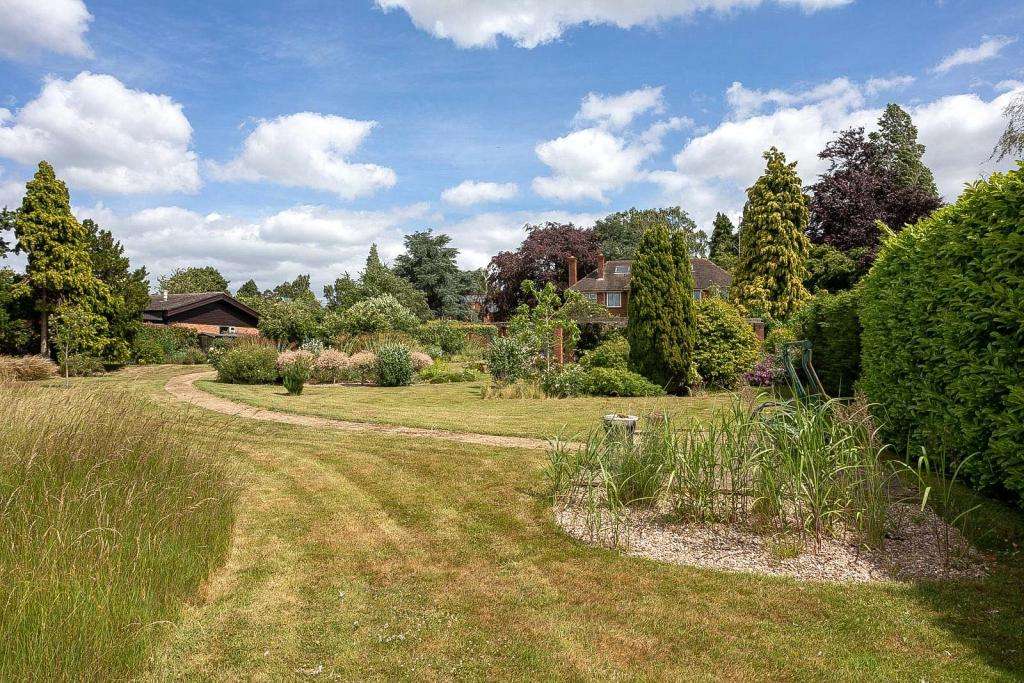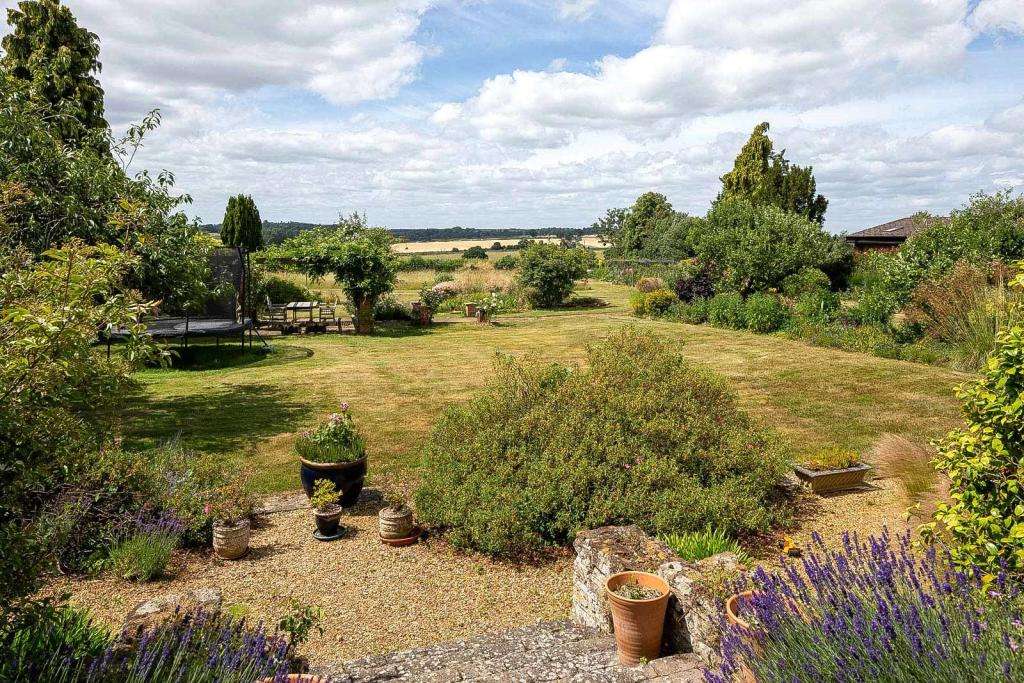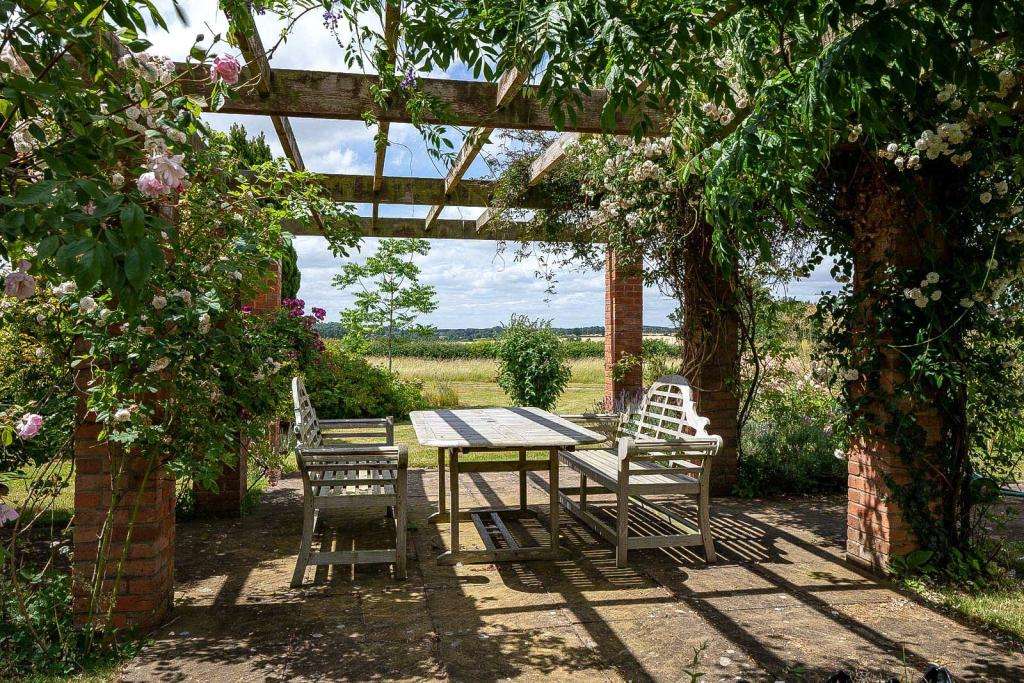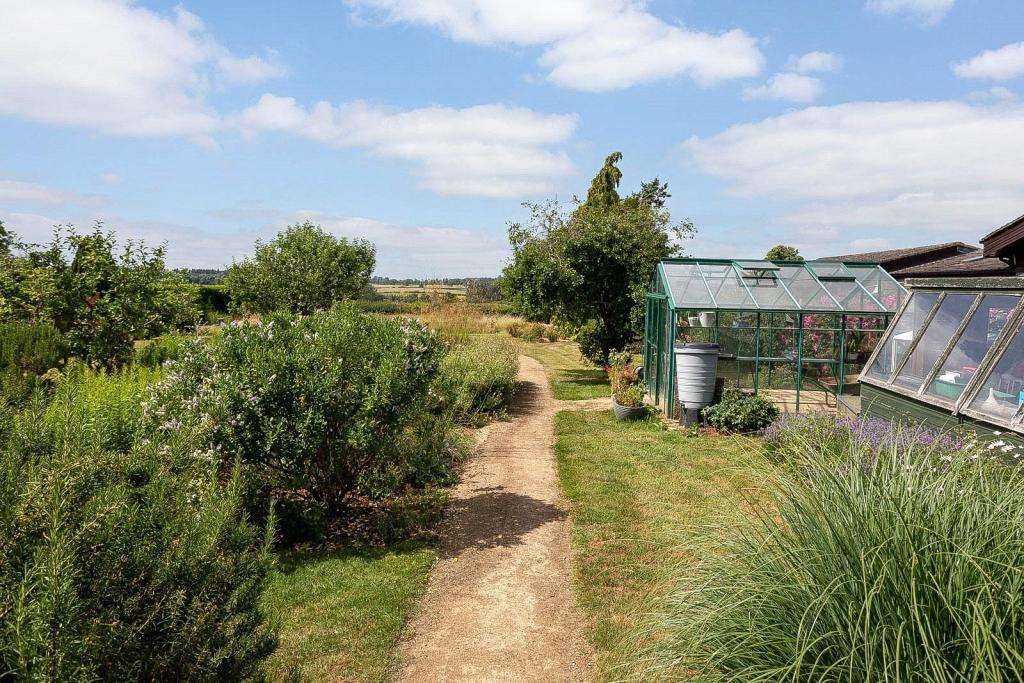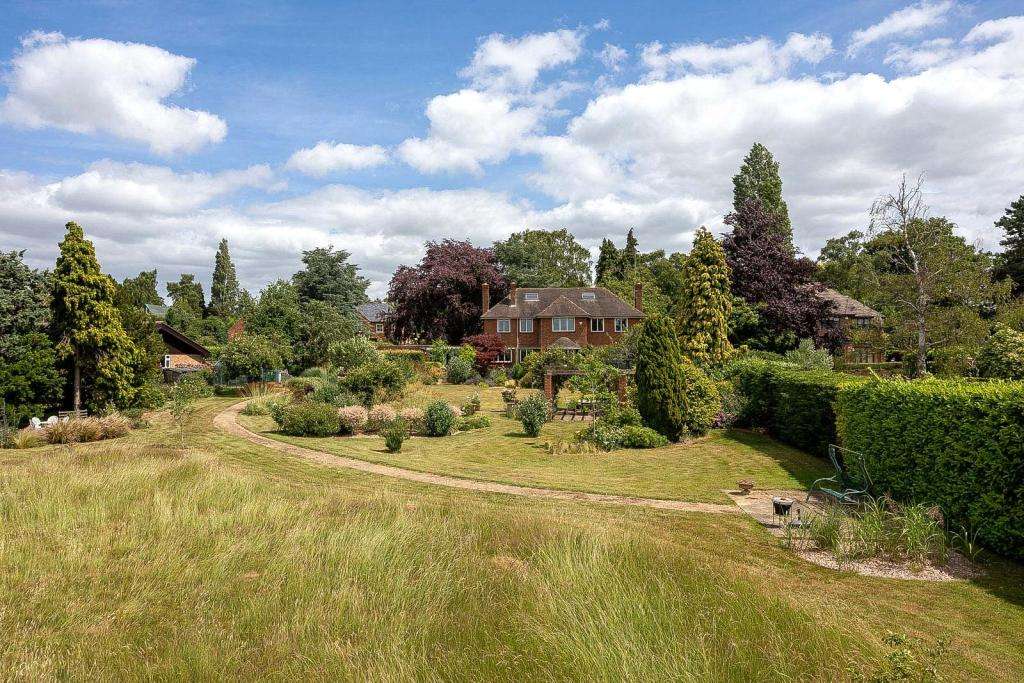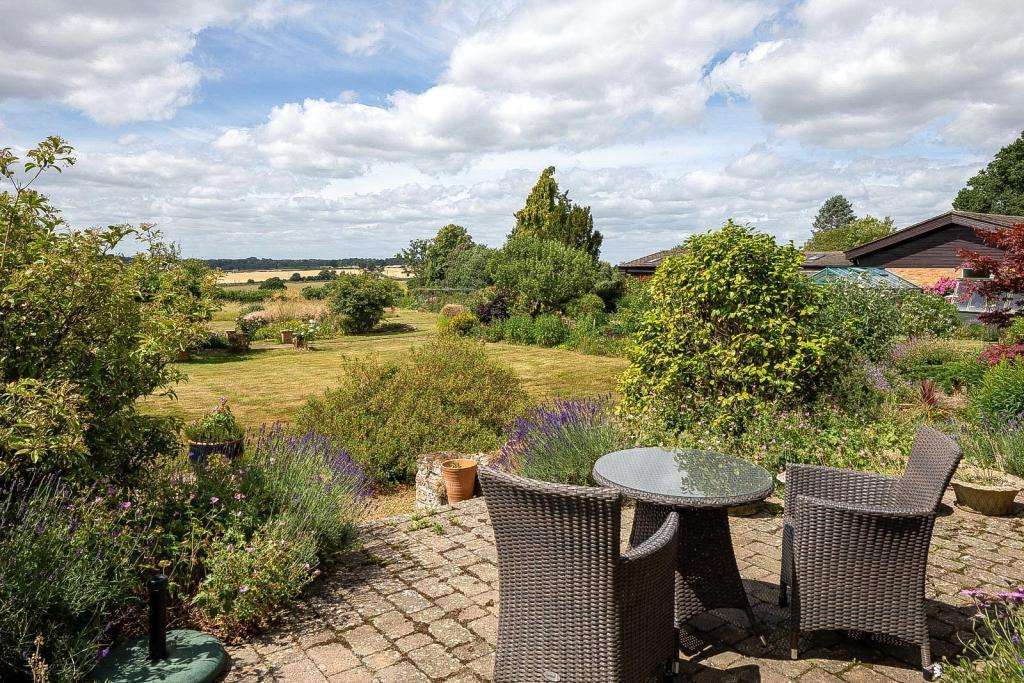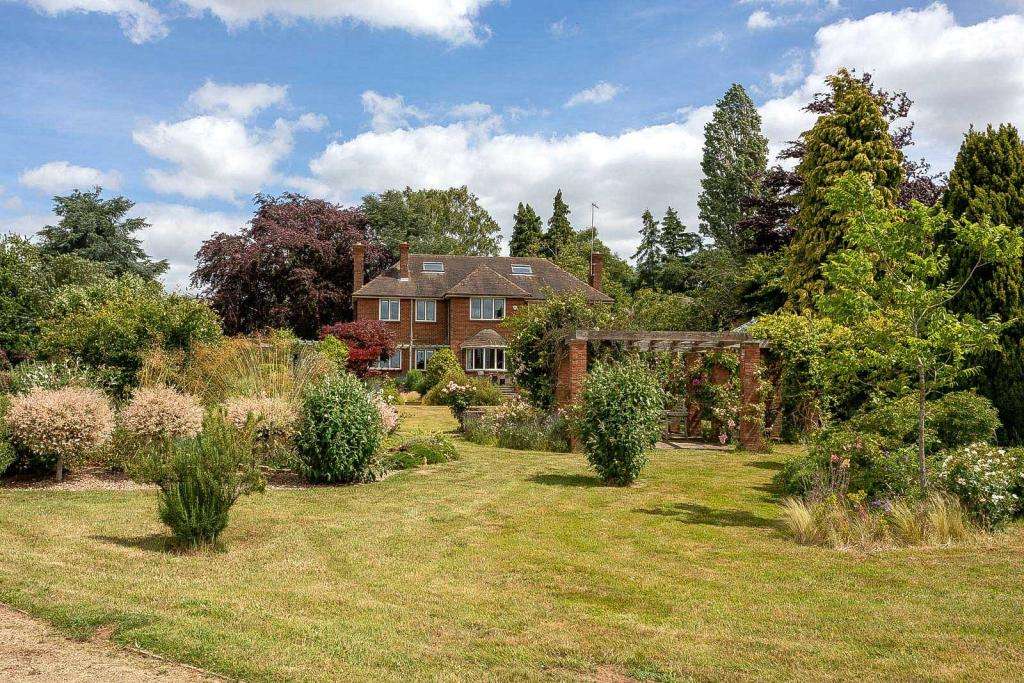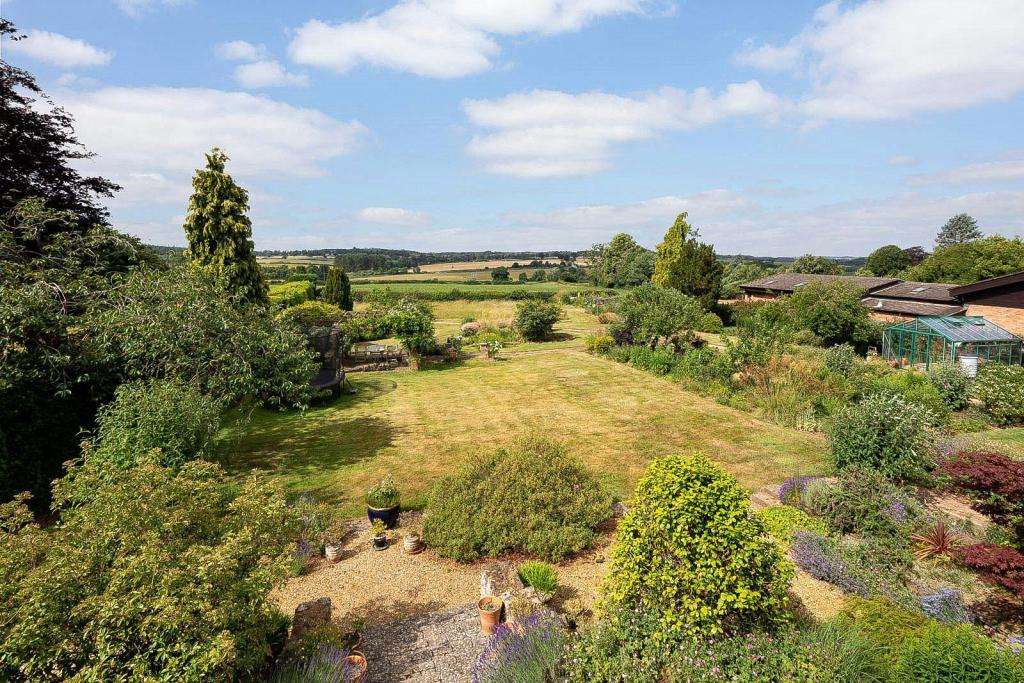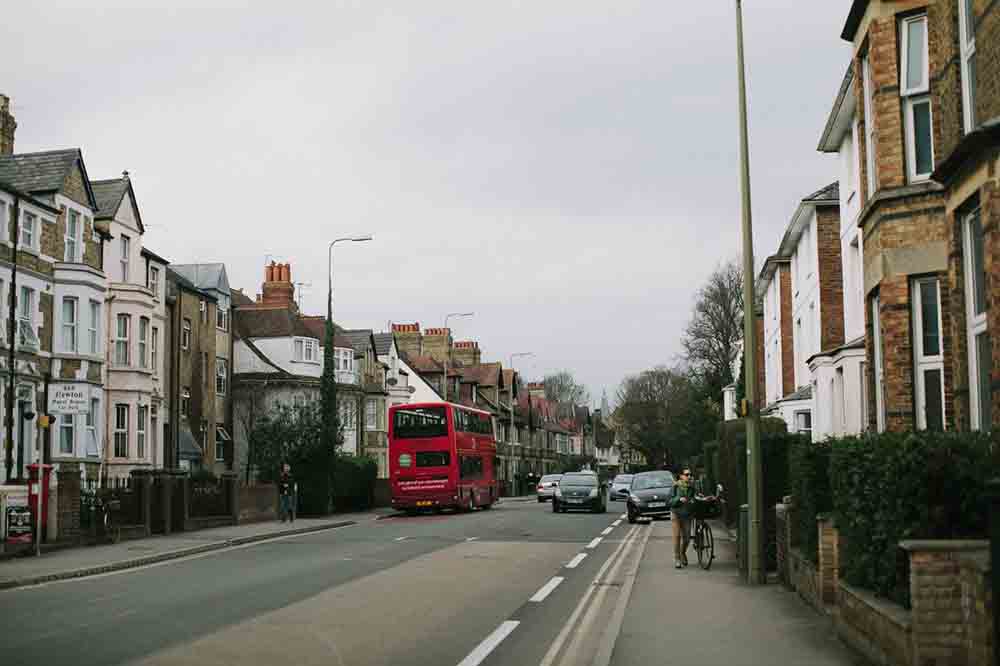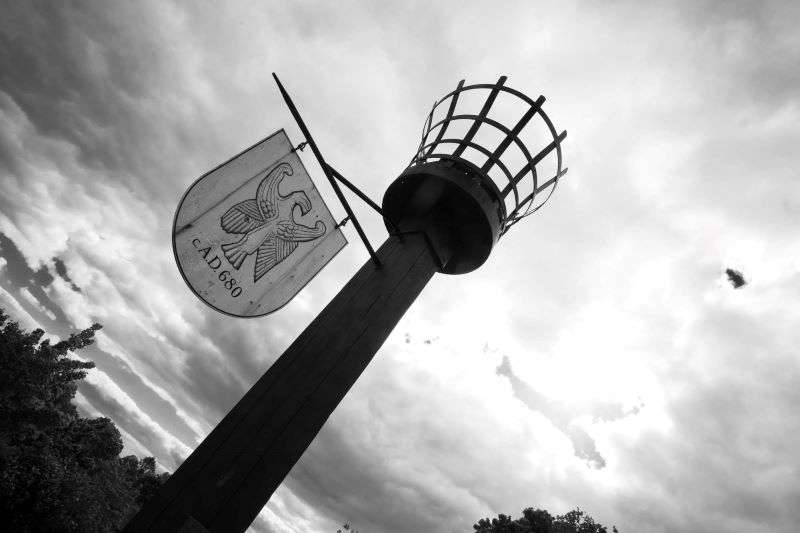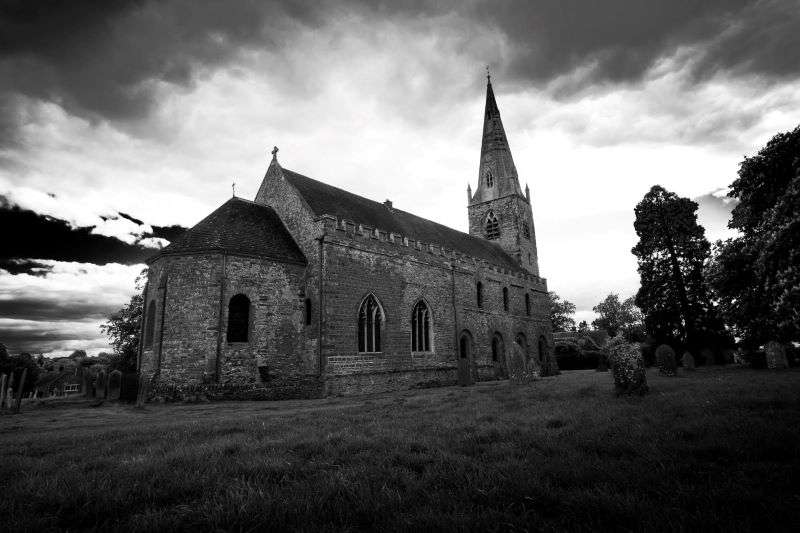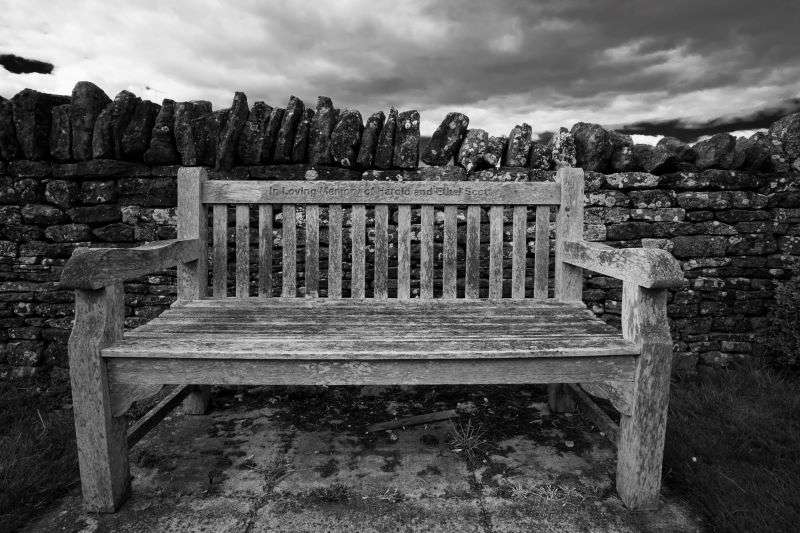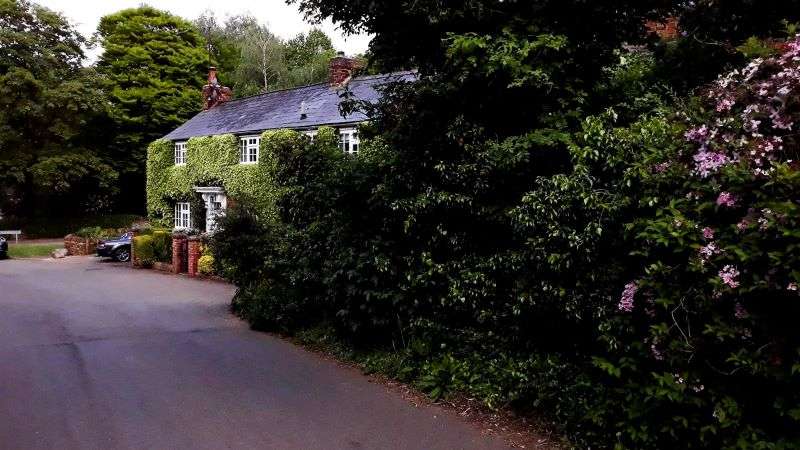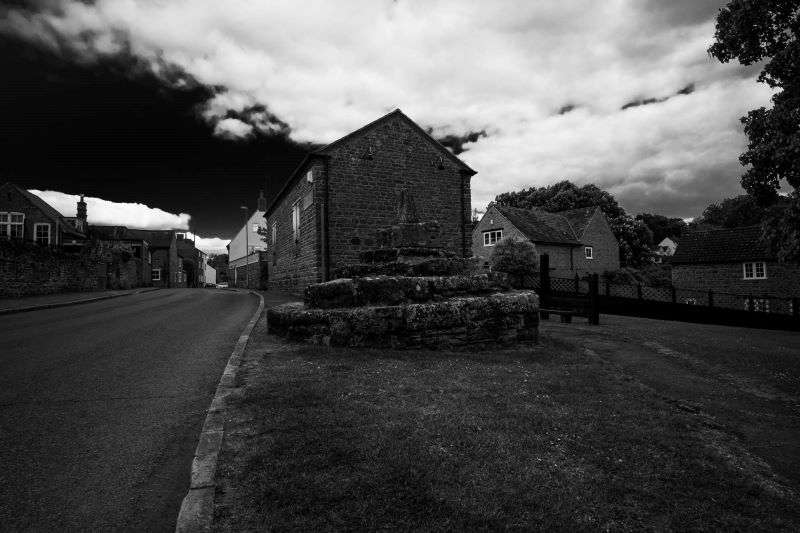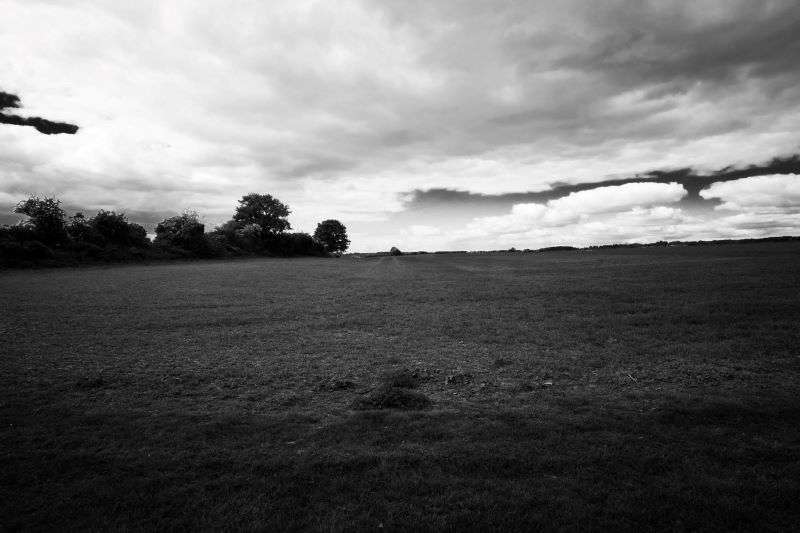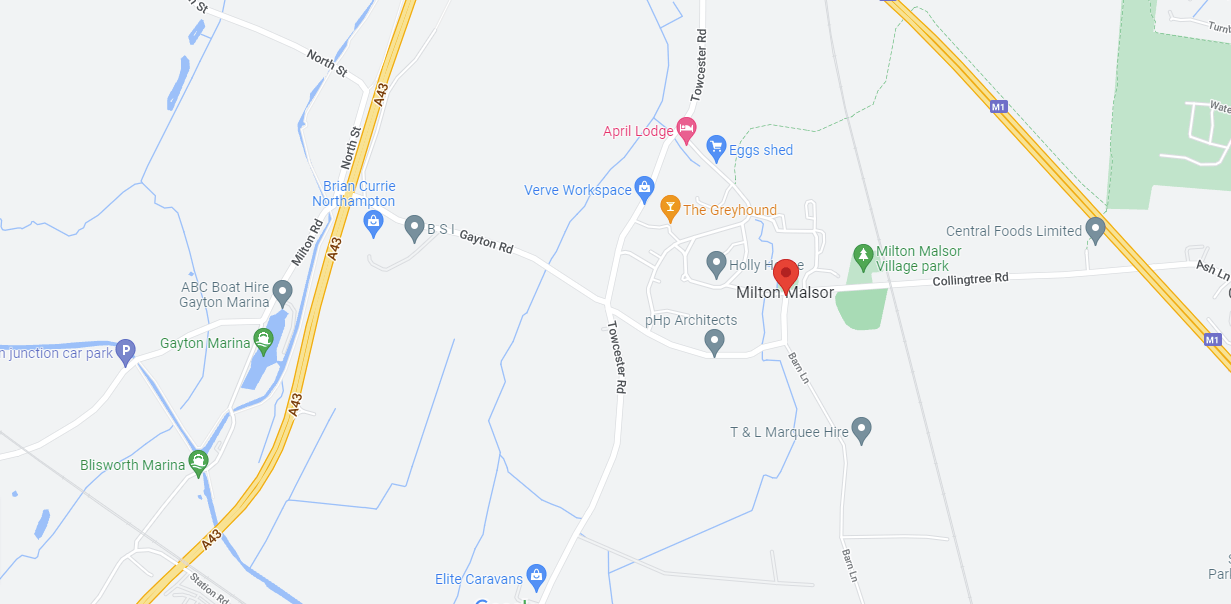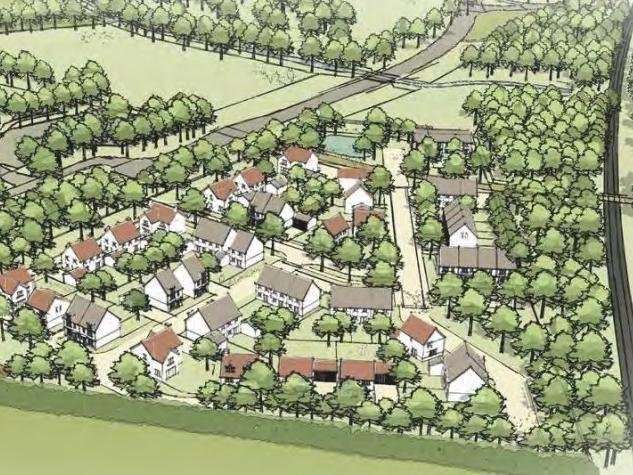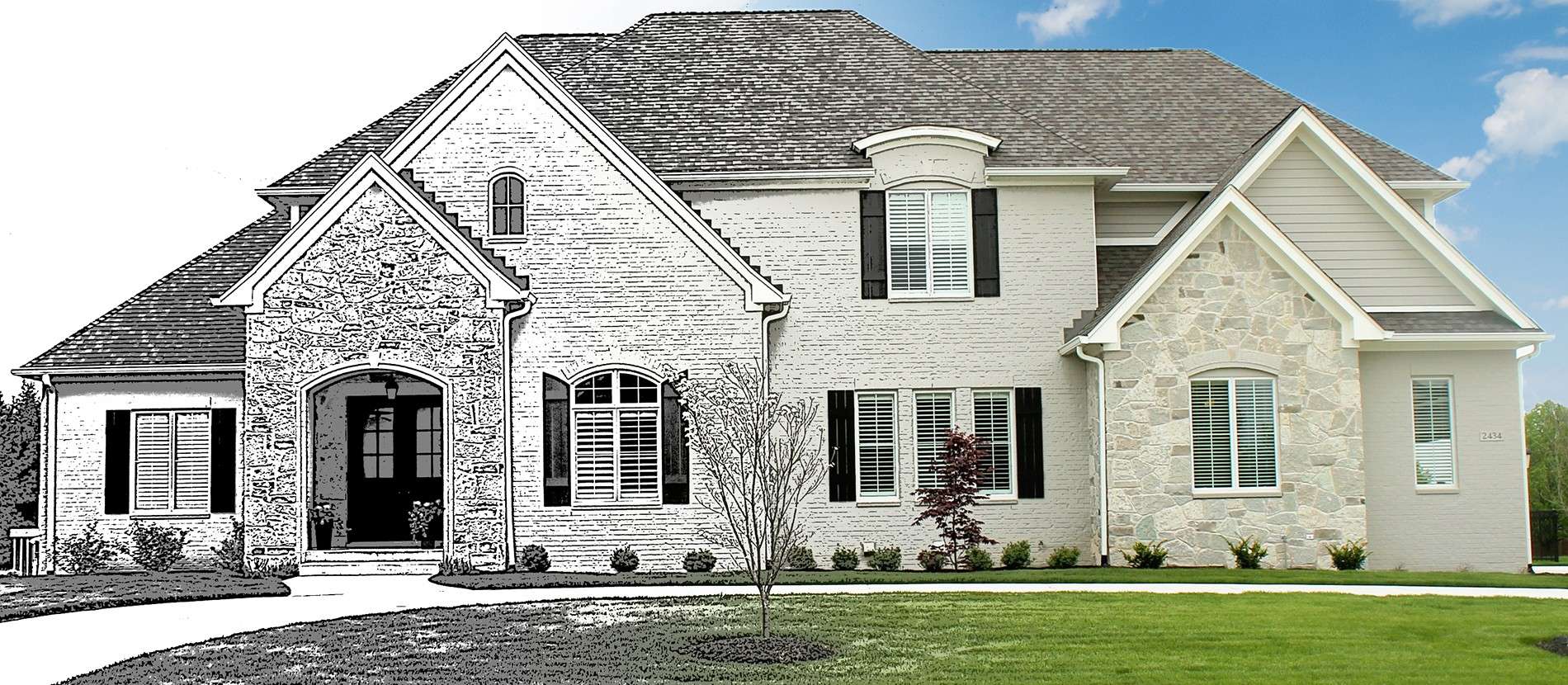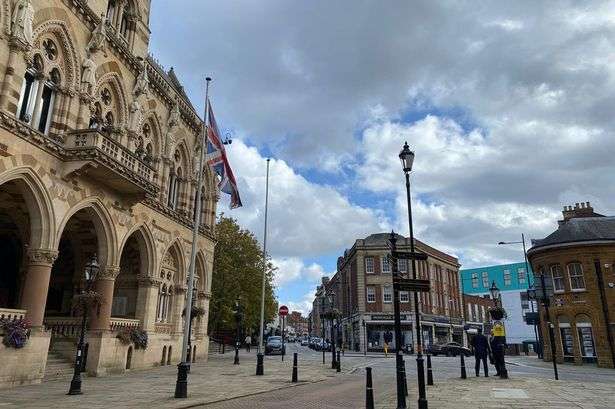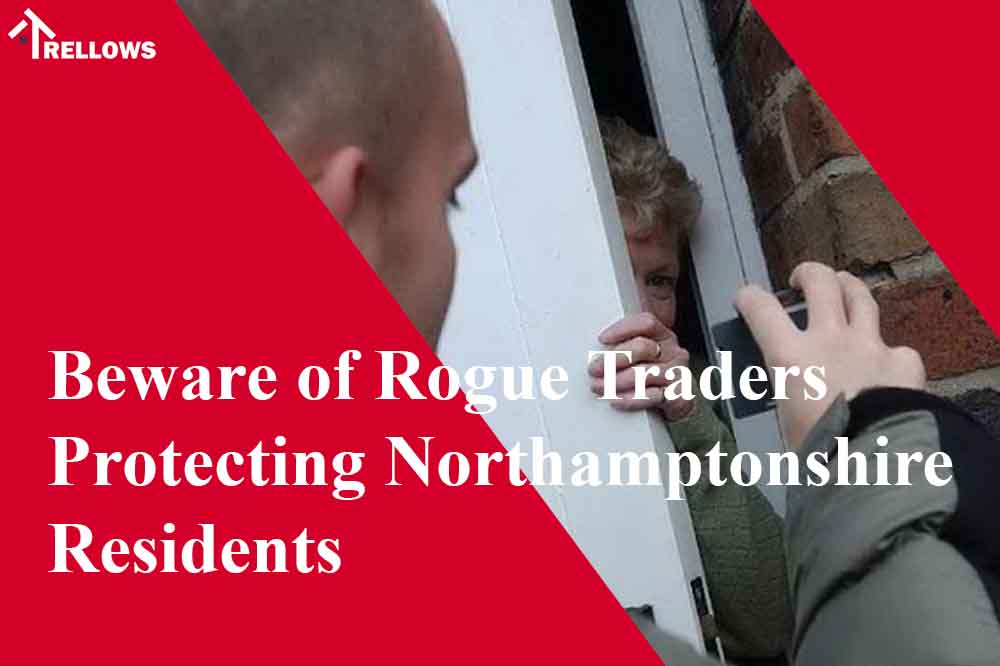
Beware of Rogue Traders – Protecting Northamptonshire Residents
*Stay Alert: Northamptonshire Police’s Urgent Reminder*
In the tranquil corners of Northamptonshire, a recent surge in reports about rogue traders and door-to-door sellers has prompted Northamptonshire Police to once again issue a stern warning to residents across the county. As the tales of deceit and swindling continue to grow, it’s crucial to remain vigilant and cautious in the face of potential scams.
The commendable efforts of the Force’s Economic Crime Unit have come to the fore, particularly when they thwarted an attempt to defraud a vulnerable Northampton man out of thousands of pounds. This incident, reported on Monday, August 14, unveiled a chilling tale of cold-callers who descended upon the elderly man’s property in the Abington area of the town on Thursday, August 10. Their pitch was that his roof was in dire need of repairs.
Returning the following day, these cunning individuals brandished a bird’s nest, accompanied by some cement and a piece of the roof, cunningly claiming that rot had taken its toll. They proceeded to quote a staggering sum of over £20,000 for the repair work, slyly followed by a demand for £5,000 upfront to cover the cost of scaffolding and a skip.
Trusting the words of these silver-tongued deceivers, the occupant handed over the initial £5,000 payment. As the scaffolding went up on Sunday, August 13, the man’s son began to sense that something wasn’t quite right. Sensing the urgency, he reached out to the Northamptonshire Police for assistance.
While this instance turned out to be a legitimate business, it underscored the pressing need for awareness and preparedness against rogue traders. Officers had a conversation with the company owner, highlighting their dubious practices. The result? The man’s money was returned.
Sergeant Michael Rogers, a pillar of the Force’s Economic Crime Unit, emphasizes, “Although we managed to rectify the situation this time, not everyone is as fortunate. It’s crucial for individuals to be on the lookout for potential rogue traders.” He highlights the modus operandi of cold-callers, targeting the most vulnerable members of the community, and encourages everyone to be the watchful eyes for their elderly or vulnerable neighbors.
In the event that someone finds themselves caught in such a web of deceit, where a tradesperson insists on urgent work or demands immediate payment, the message is simple: Reach out to a trusted individual and contact the authorities.
If you’ve encountered the sinister world of rogue traders, don’t hesitate to report it to Northamptonshire Police at 101 or online via www.northants.police.uk. And remember, in dire emergencies, dial 999 without hesitation.
**How to Unmask a Doorstep Scam: Protecting Yourself**
1. **Unexpected Warnings**: Be cautious if someone unexpected knocks on your door with urgent claims about your property needing immediate fixes.
2. **Upfront Payments**: If a demand for upfront payment is made before work is carried out, exercise extreme caution.
3. **Bank Withdrawal Pressure**: If you’re pushed to withdraw money from your bank while the perpetrators wait, be extremely suspicious.
4. **Unforeseen Additions**: Stay alert if they suddenly unveil additional problems that demand immediate financial attention.
**Remember These Crucial Points: Safeguarding Yourself**
– **Protect Your Finances**: Never disclose your PIN, and never succumb to pressure to share your bank card, financial information, or withdraw cash.
– **Take Your Time**: Don’t let anyone rush you into decisions. Refrain from handing over money on the spot. Instead, take time to ponder and consult with a trusted individual.
– **Control Access**: Only allow access to those you’re expecting or those you trust. Don’t feel embarrassed to turn someone away.
– **Verify Credentials**: Check the legitimacy of their claims. A genuine professional won’t mind you verifying their credentials. Use independent contact details, not those provided by them.
– **Consider Offers**: Even if the offer seems genuine, take your time to evaluate it. Politely decline or ask them to leave if necessary. Always get multiple quotes.
– **Seek Assistance**: If you sense danger, dial 999 immediately. For less urgent situations, contact the police non-emergency number at 101 to report incidents.
With these precautions in mind, Northamptonshire residents can stand strong against the tide of rogue traders and protect their homes, finances, and peace of mind. Stay vigilant, stay informed, and stand united against deception.
